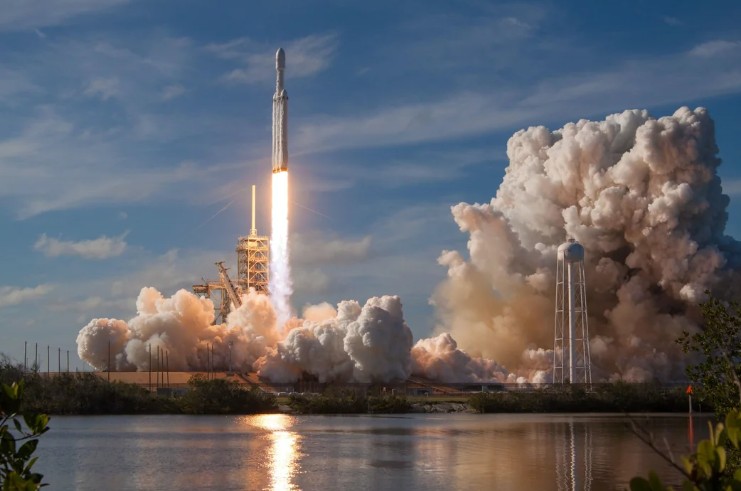SpaceX Launch: 24 Starlink Satellites Sent into Polar Orbit in Stunning California Mission
In a dazzling twilight display over the West Coast, SpaceX launch operations kicked off another ambitious leg of its satellite expansion programme late Friday evening, marking a key step in improving global internet coverage, especially in remote northern regions like Alaska.
At exactly 8:52 p.m. local time, a Falcon 9 rocket ignited from Vandenberg Space Force Base, carrying 24 of the company’s Starlink Version 2 Mini satellites into a rare polar orbit.
The mission, officially named Starlink 17-3, brings the active satellite count in SpaceX’s ever-growing constellation to over 7,900.
The booster used, known as B1082, was no stranger to the skies. This was its 14th journey. Past missions included US defence and commercial contracts such as NROL-145, USSF-62, and OneWeb #20.
True to form, B1082 returned safely to the droneship ‘Of Course I Still Love You’, marking the vessel’s 141st successful recovery and SpaceX’s 477th overall.
This latest SpaceX launch wasn’t just another routine mission. It’s part of a bigger push to bring high-speed internet to under-served high-latitude areas. According to a company update shared on Monday, July 14, the firm has aggressive plans in place:
“We plan to launch more than 400 additional satellites to the polar inclination by the end of 2025 alone, which will more than double the capacity for Alaskan customers alone, as well as other high latitude locations,” SpaceX wrote.
“The first of these additional satellites have begun to serve Alaskan users already, nearly doubling median peak-hour download speeds over the past month.”
This isn’t their first foray into the polar zone. Back in May, SpaceX completed the Starlink 17-1 mission, which also launched 24 V2 Minis using the same reliable B1082 booster. That launch served as a testbed for what’s now becoming the norm — polar deployments at a 97-degree inclination.
From a UK perspective, this is significant. The satellite expansion into polar regions could eventually boost internet coverage in parts of Northern Scotland and the Scottish Highlands, where connectivity still lags behind urban standards.
Though this mission was launched from California, its impact could ripple out globally.
It’s also worth noting the tempo at which SpaceX is operating. If they aim to hit the 400-satellite mark for this orbit by year’s end, we’re looking at over 16 launches in quick succession. That’s ambitious, even by Elon Musk’s standards.
Coming up next? SpaceX is prepping for a collaborative ride with NASA. That mission will include the TRACERS payload — a scientific initiative to study Earth’s magnetic cusp regions.
For now, though, Friday’s success stands as a glowing example of how precision engineering, reusability, and bold vision continue to drive SpaceX’s leap into tomorrow.






